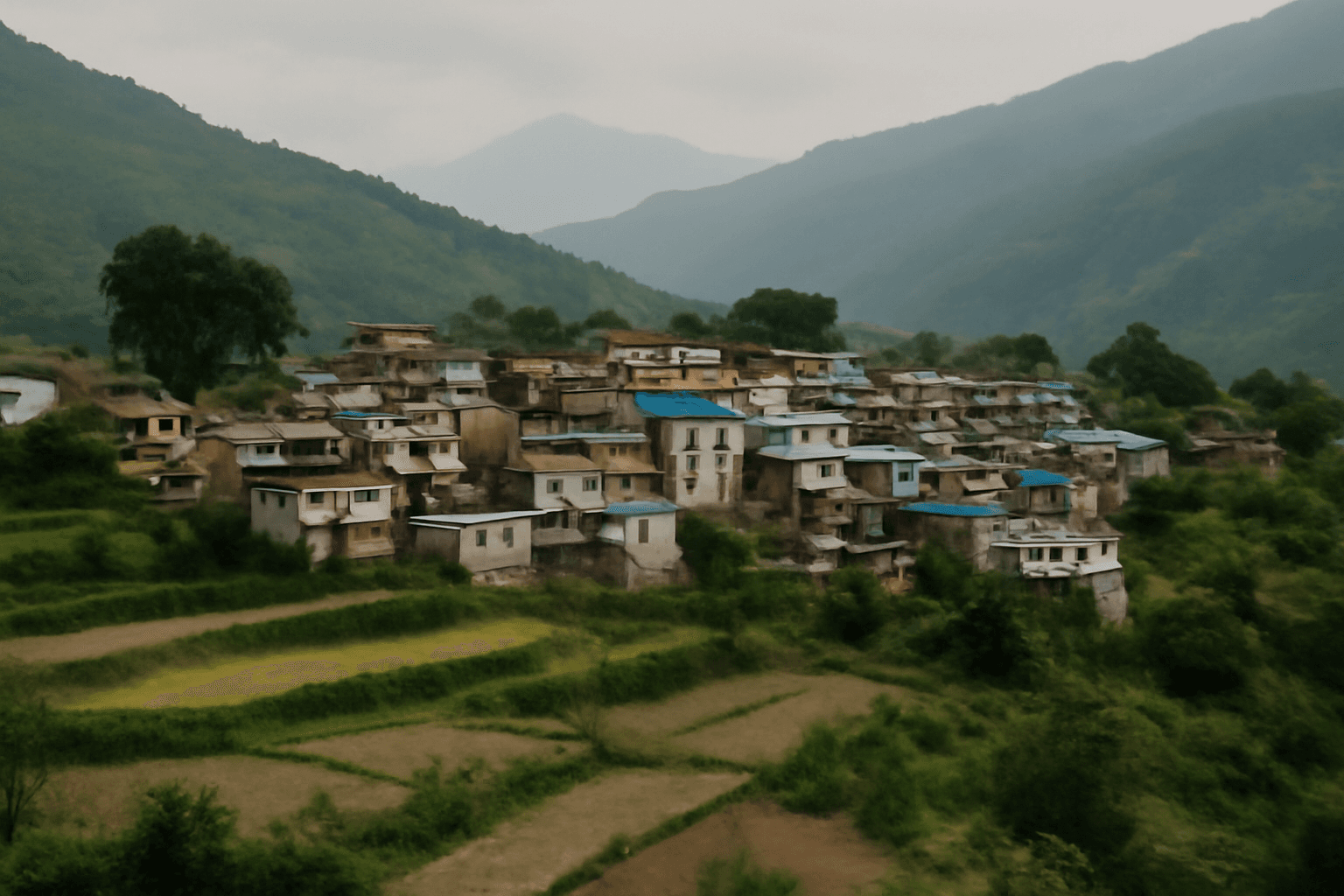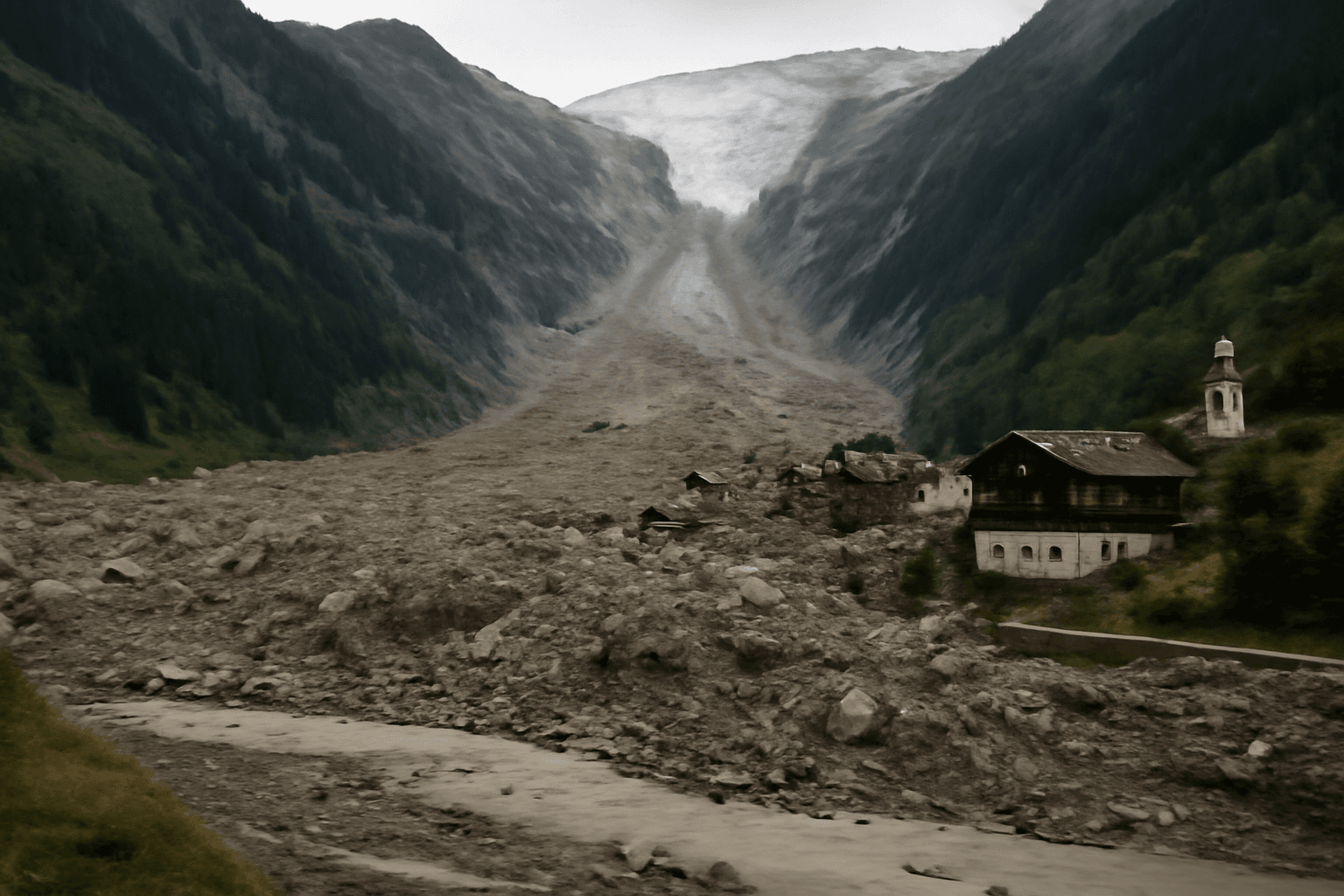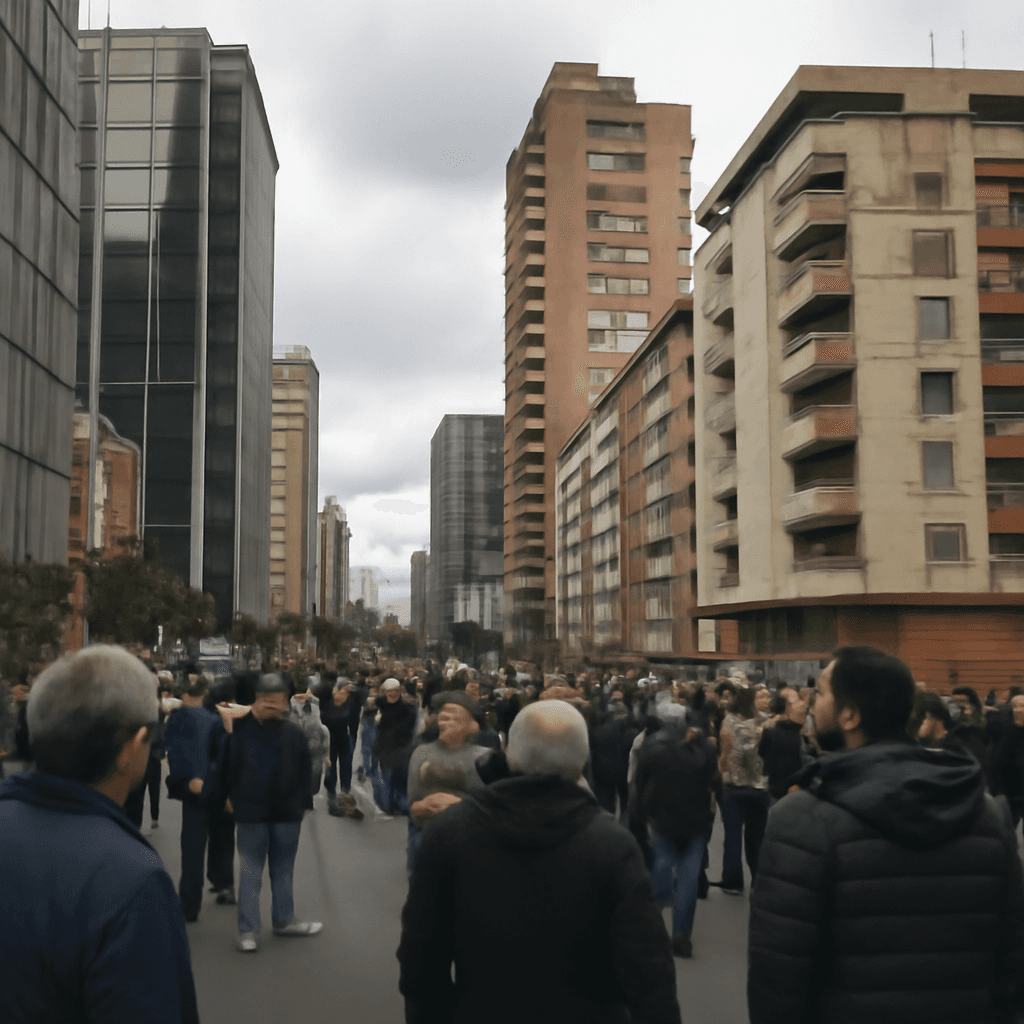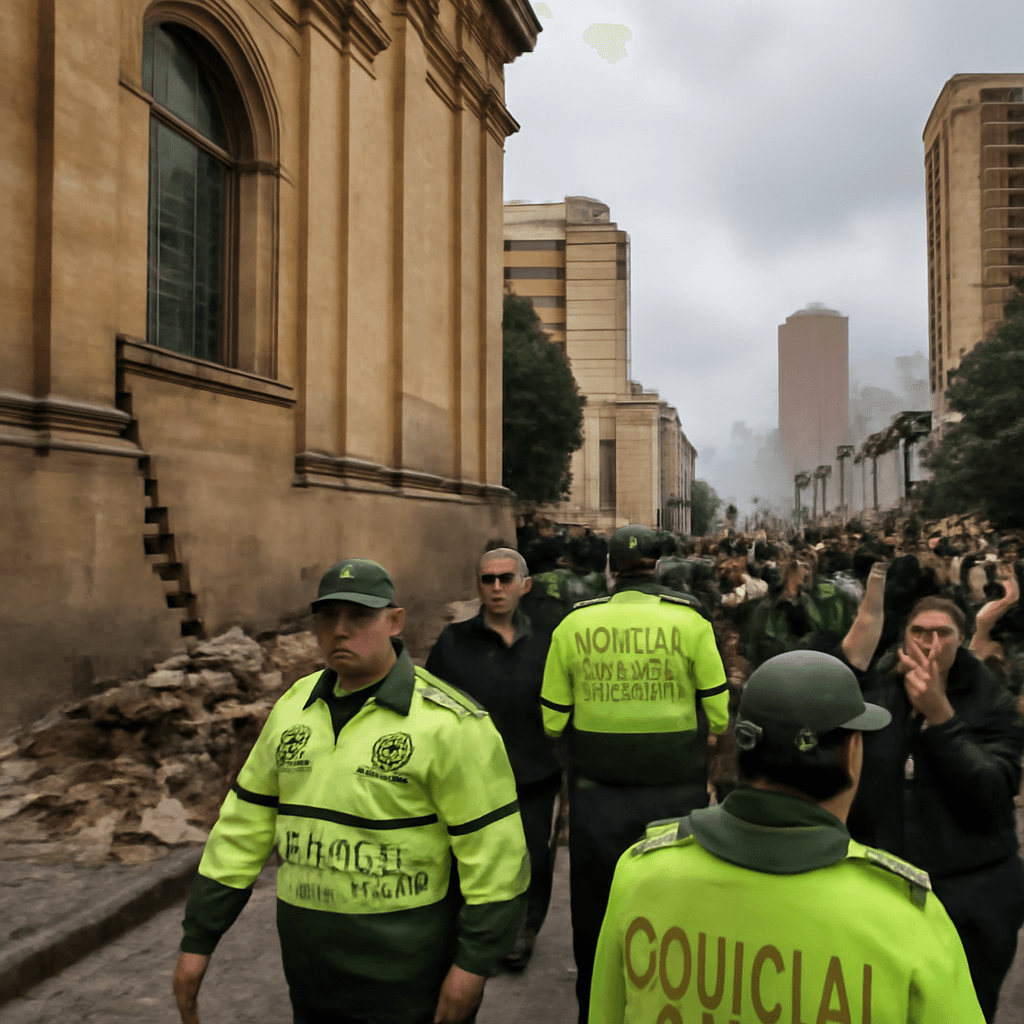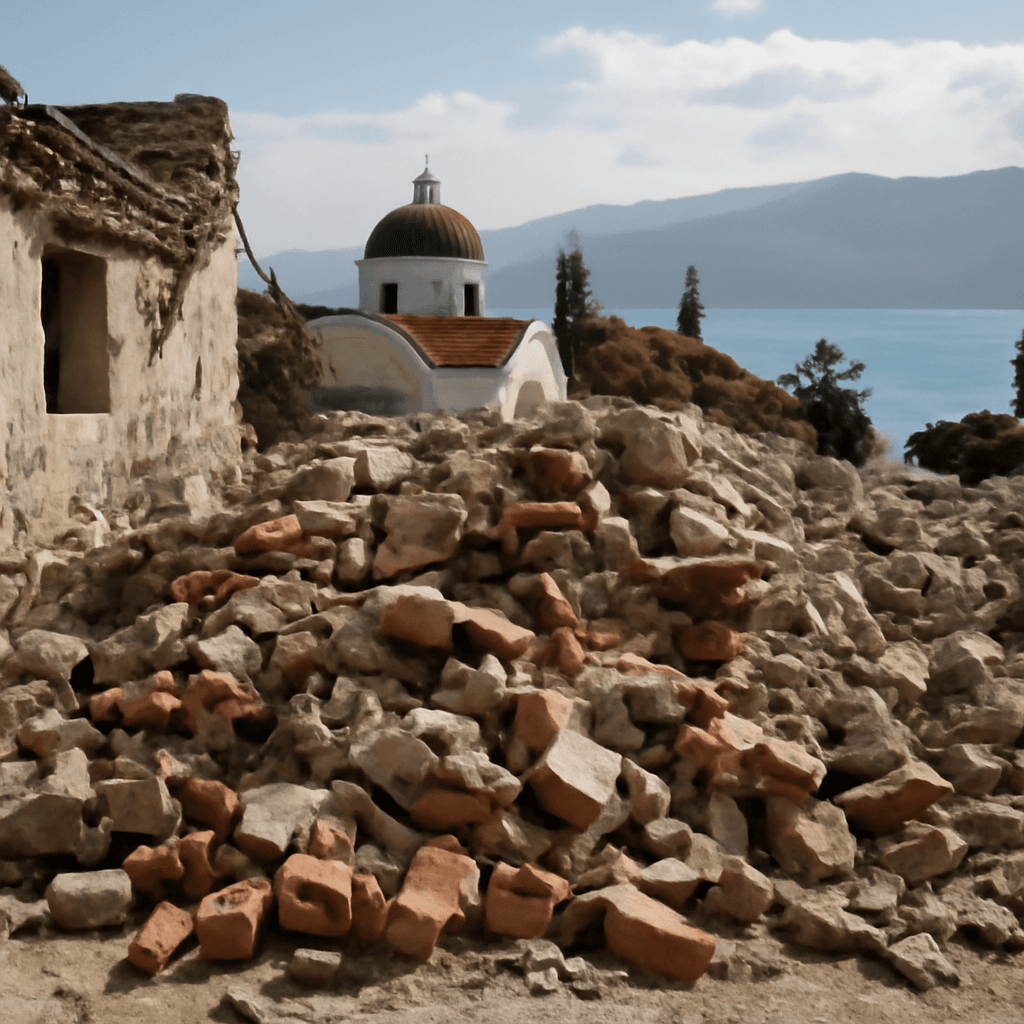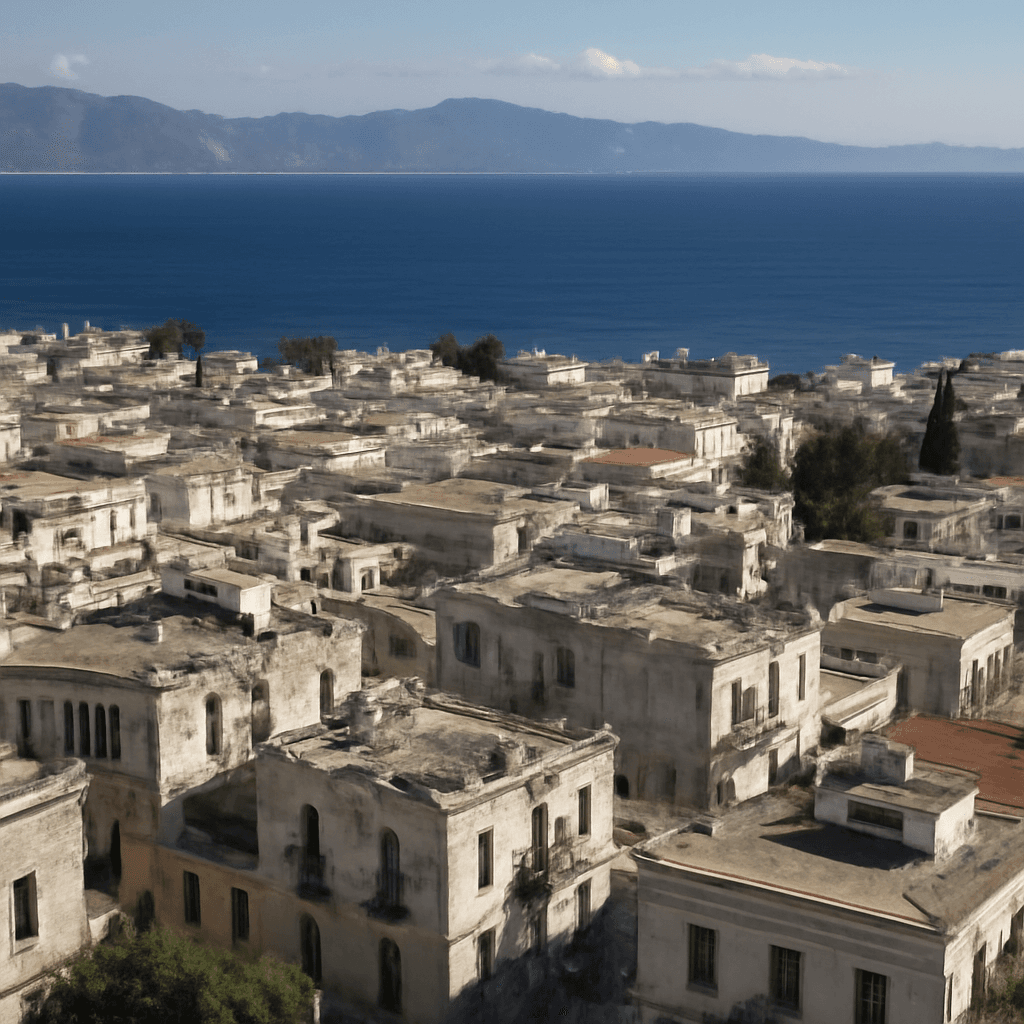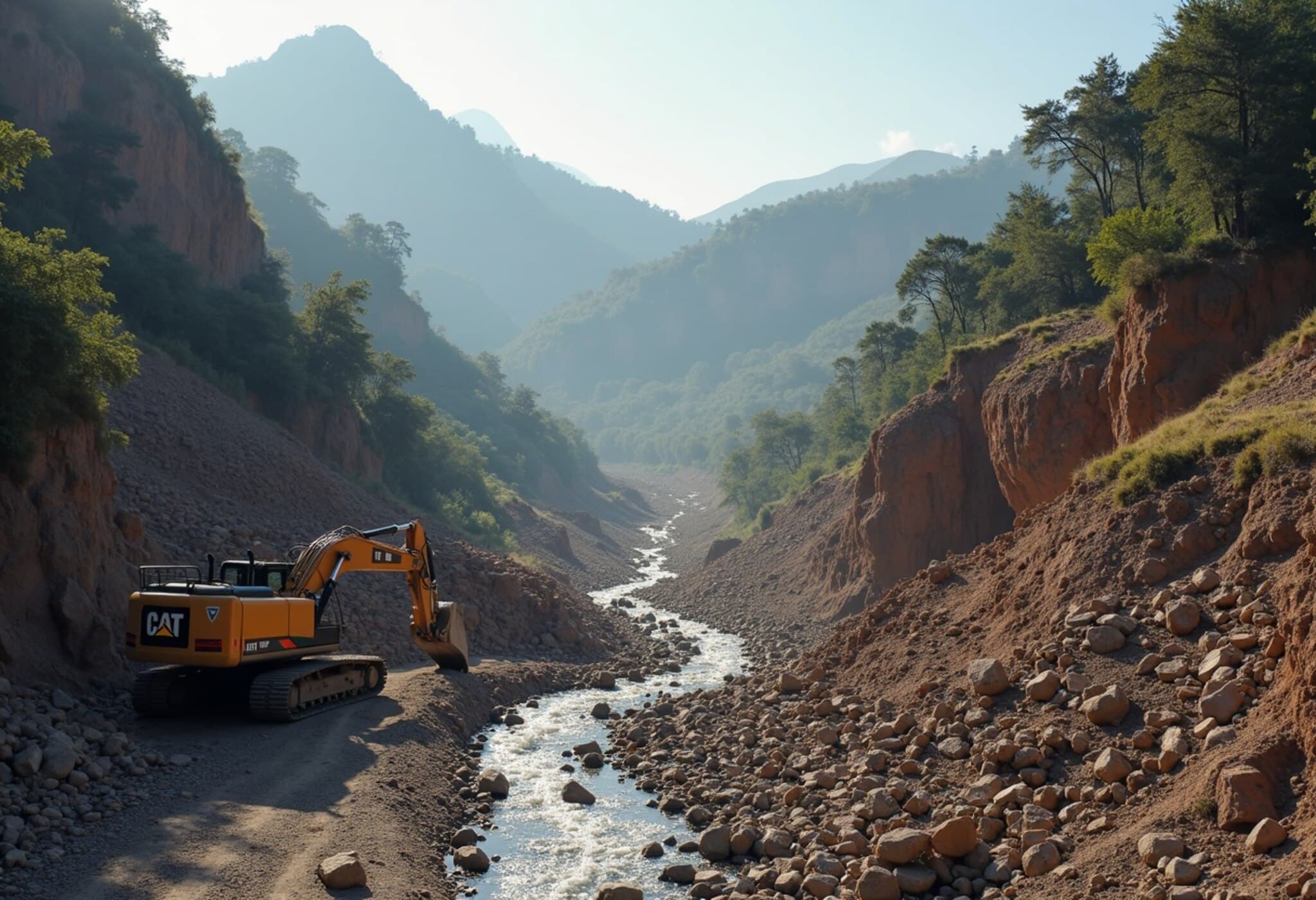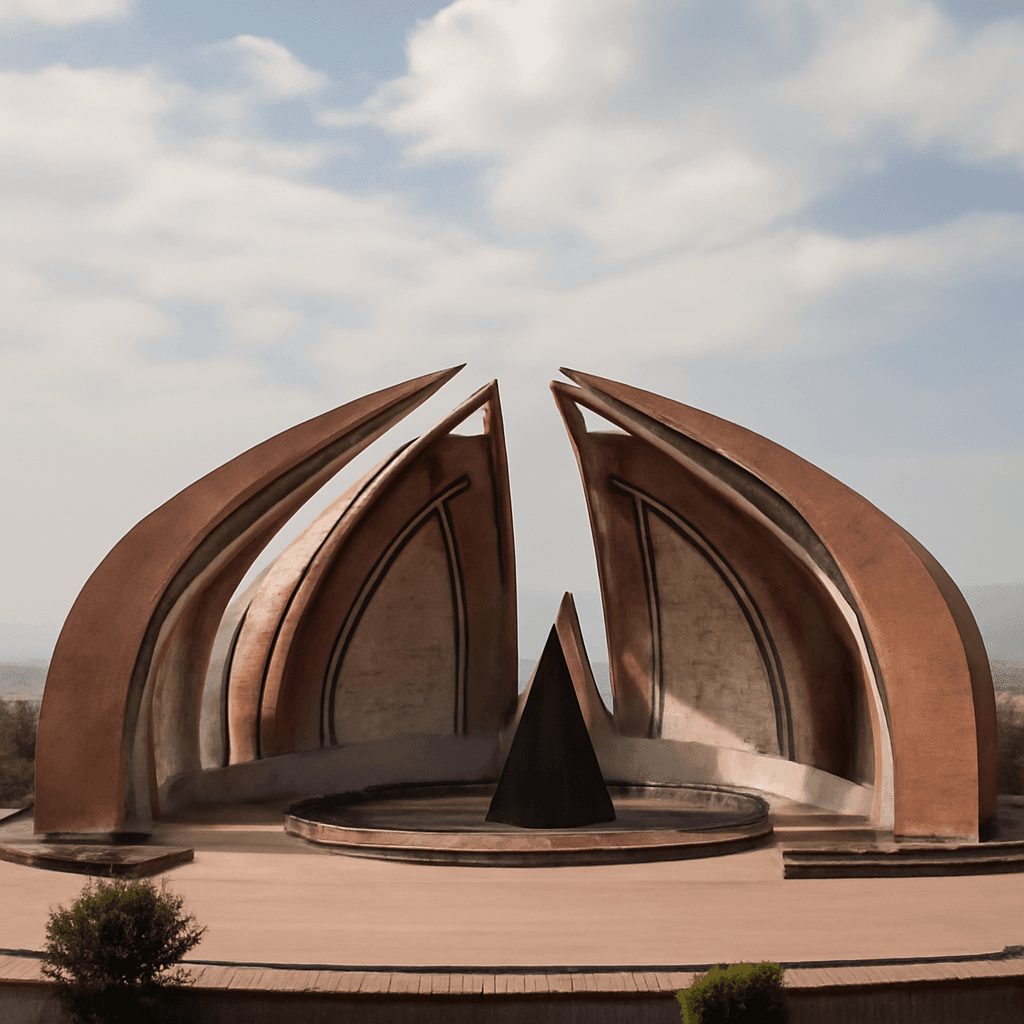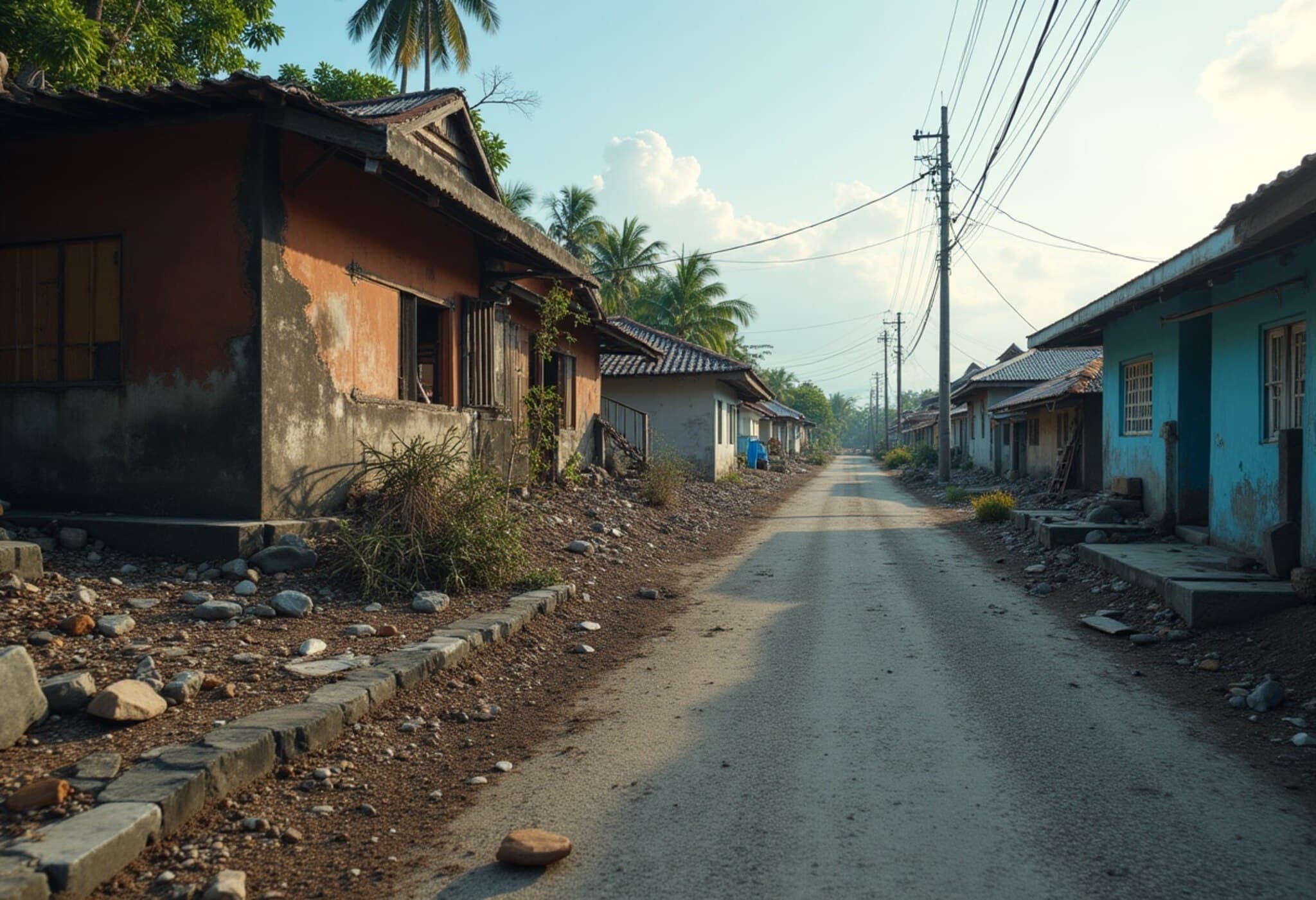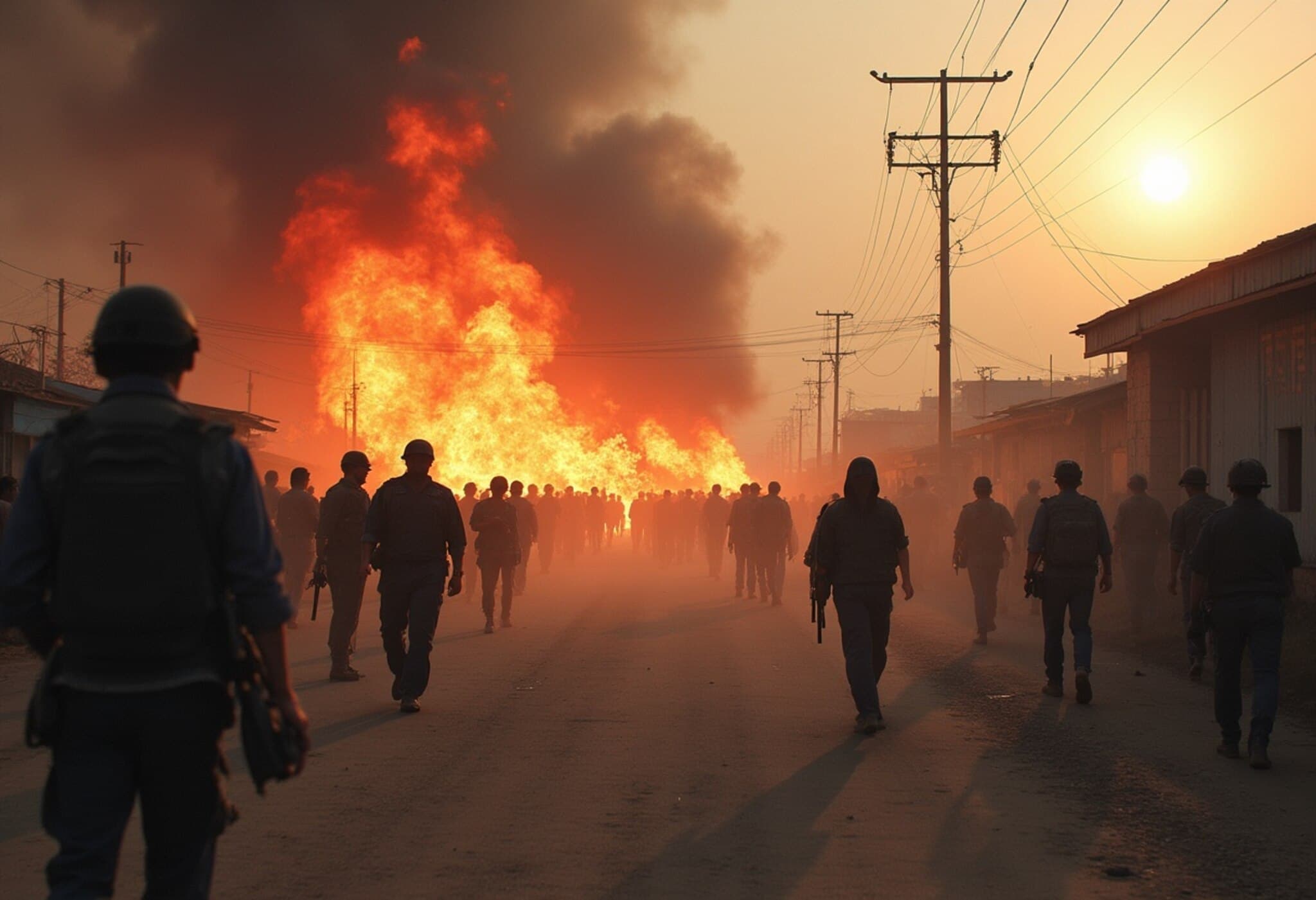Significant 6.6 Magnitude Earthquake Hits Near Samoa
On Friday, a powerful earthquake measuring 6.6 on the Richter scale jolted the southwestern region near Samoa in the Pacific Ocean. The United States Geological Survey (USGS) reported the seismic event occurred at 12:37 pm local time (2337 GMT Thursday), with an epicenter located an impressive 314 kilometers (195 miles) beneath the ocean floor, approximately 400 kilometers from Samoa's southwestern coast.
Depth and Distance Mitigate Immediate Risks
Thanks to the earthquake's unusually deep focus beneath the Earth’s crust, the USGS’s tsunami warning center quickly confirmed there was no tsunami threat following the tremor. This depth often disperses the earthquake's energy over larger areas, reducing destructive potential on the surface, especially in coastal regions.
Pacific’s Volatile ‘Ring of Fire’ – A Hotbed of Tectonic Activity
Samoa lies within the seismically active Pacific “Ring of Fire,” a horseshoe-shaped belt notorious for its frequent earthquakes and volcanic activity. This zone, stretching from Southeast Asia across the Pacific basin to the Americas, is a junction of multiple tectonic plates whose movements spawn natural disasters regularly. The region’s vulnerability necessitates ongoing monitoring and preparedness.
Why Deep Earthquakes Matter
Unlike shallow quakes, deep-focus earthquakes, such as this, generally cause less destructive shaking locally but can be felt over vast distances. While Samoa’s immediate population is relatively small and often adapted to seismic risks, there remains a concern for potential secondary hazards like underwater landslides that can trigger localized tsunamis or affect submarine infrastructure.
Expert Commentary: Preparedness in Pacific Island Nations
Dr. Emily Reese, a seismologist specializing in Pacific tectonics, explains, "While this event did not trigger a tsunami, it serves as a potent reminder of the constant geological forces at play. Island nations like Samoa continually balance disaster readiness with economic and social development. Strengthening early warning systems and community education remains critical."
Broader Implications for Global Seismic Monitoring
Events like this underline the importance of robust seismic networks and international cooperation, especially in remote oceanic zones. The swift USGS confirmation of no tsunami highlights advances in technology and global data sharing that help avert unnecessary panic and guide emergency responses.
Looking Ahead: Questions Worth Considering
- How can Pacific island communities enhance resilience against inevitable earthquakes?
- What investments are needed in submarine infrastructure to withstand deep seismic activity?
- How can international agencies better support small nations with limited resources for earthquake preparedness?
About the Author
Our global desk at TOI combines the expertise of veteran journalists and subject-matter analysts committed to delivering nuanced, accurate, and timely international news. With a finger on the pulse of tectonic science and regional geopolitics, we strive to elevate readers’ understanding beyond headlines.
Editor’s Note
This earthquake near Samoa serves as a vital reminder of the Pacific’s restless geology and the delicate balance island nations maintain between nature and human habitation. While no immediate tsunami threat was posed, continuous vigilance and technological advances remain essential in safeguarding lives and infrastructure. How societies adapt and prepare amid this relentless natural backdrop is a story that demands ongoing attention.


